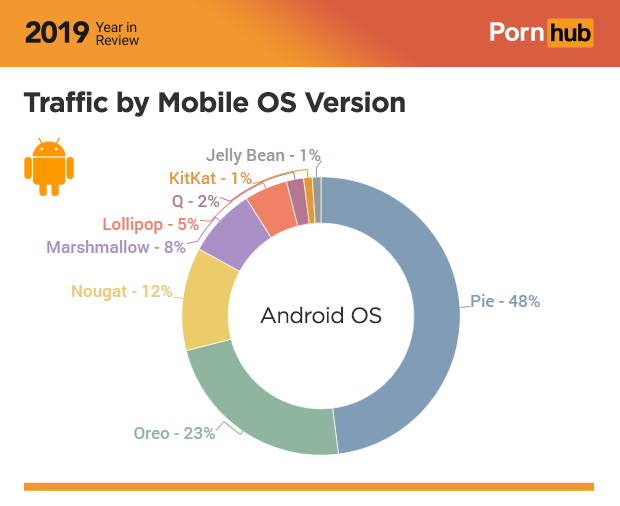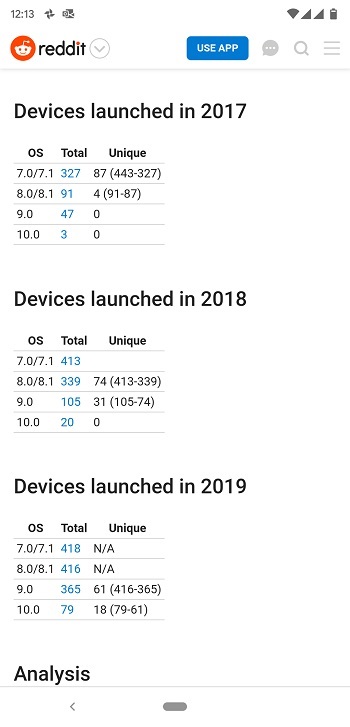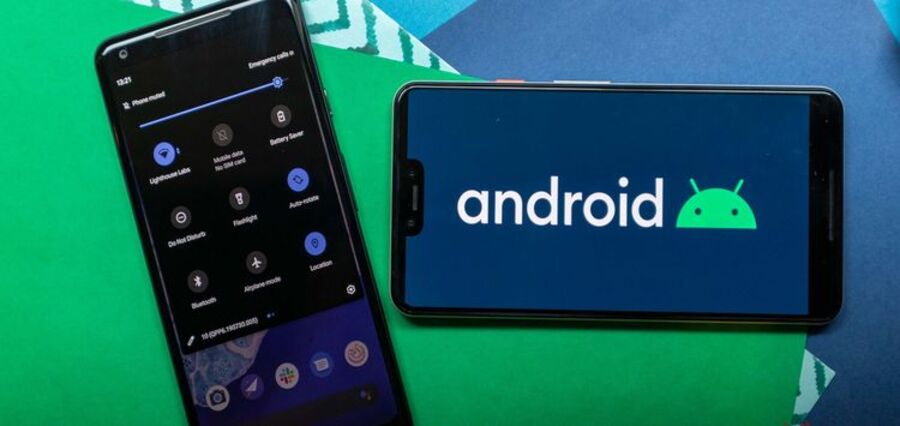The way Android updates work is very different from how others like iOS and even Windows do. On iOS, once a new version is unveiled, all supported devices get OTA updates within weeks.
On Windows, the same is true. Once an update is available, it is available to download and install on all supported Windows machines, irrespective of the computer’s OEM.
Android as a platform is incredibly fragmented. The open-source operating system spans across hundreds of different phone makers. All these OEMs have their own take on Android and as such, customize the experience accordingly.
This means that it takes several months for an OS update to land on different devices if it at all it is developed, to begin with. The same case applies to Android 10. Despite having been launched back in September 2019, only a small percentage of Android phones in the market has been updated.
Late last year, thanks to a rather unlikely source, Pornhub, we got a glimpse of the Android versions distribution, one that includes Android 10.

At the time, Google’s newest Android version stood at a rather minuscule 2% market share. The biggest portion of the Pie (pun intended), was Android 9 Pie with a whopping 48% market share.
Of course, this is expected to change in the coming few months and as we approach Android R’s active development period. That has been the case in previous years and this year shouldn’t be different.
But how is Android doing? How is the frequency of updates today compared to yesteryears?
Linux kernel maintainer Greg Kroah-Hartman reveals in an interview, a few insights that help shed light on what goes on behind the scenes in building stable kernels for Android.
Understanding this could help us further appreciate the kind of work that comes with building a robust system that Android is today.
When asked about how many companies actually incorporate the latest updates in the Linux kernel into their own kernels, Greg had this to say;
There are lots of devices and companies already doing this. A device may have a security patch level but might not have applied all the changes we post. I publicly call out both Sony and Essential for doing this for a few years now, their devices update to the latest LTS “.y” release every month or so, getting all of the new fixes. So does the Pixel devices, they have been doing that for the past year with great results. Some companies have not been taking them, and I am working with Google to fix that, hopefully, will have something public to say about that “soon”.
Source
When asked how many devices he thinks will take advantage of the new EAS merged into kernel 5.0, Greg says that this “feature” was already in the android-common kernels for 4.4, 4.9, and newer releases so devices have had this feature for years now. Now that it is the mainline kernel, they get it “for free” without having to do any big backports or working around how upstream changes things at times. So this is a success story, the feature is merged, all new devices get it, and everyone is happy.

From the above stats, it looks like there is a consistent trend indicating that the number of devices that get an OS update decreases with each new Android release. For in-depth calculations and further analysis of this data, you can check out the Reddit post.

Despite everything, Google is working hard to improve the update situation on the platform. Previous attempts to fix this include Project Treble which launched in 2018 with Android 8.0. We also saw Core Kernel requirements that compelled devices running Android 9 to use specific versions of the LTS kernels.
More recently, we have seen the introduction of Apex packages and Stable AIDL, both launched with Android 10.
We can only hope for a better fix to what has been one of Android’s weak points for years now. This is a difficult problem to fix as it is a result of Android’s openness, one of Android’s strongest points.
NOTE: We have more Android-related stories in our dedicated section.
PiunikaWeb started as purely an investigative tech journalism website with main focus on ‘breaking’ or ‘exclusive’ news. In no time, our stories got picked up by the likes of Forbes, Foxnews, Gizmodo, TechCrunch, Engadget, The Verge, Macrumors, and many others. Want to know more about us? Head here.




